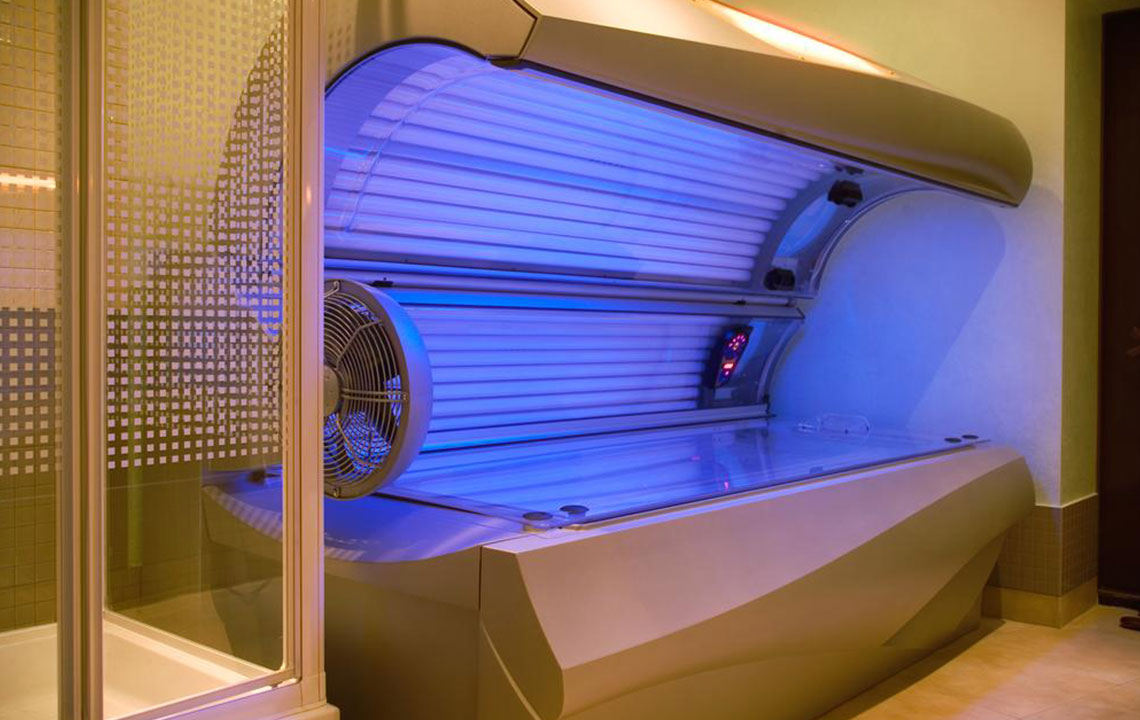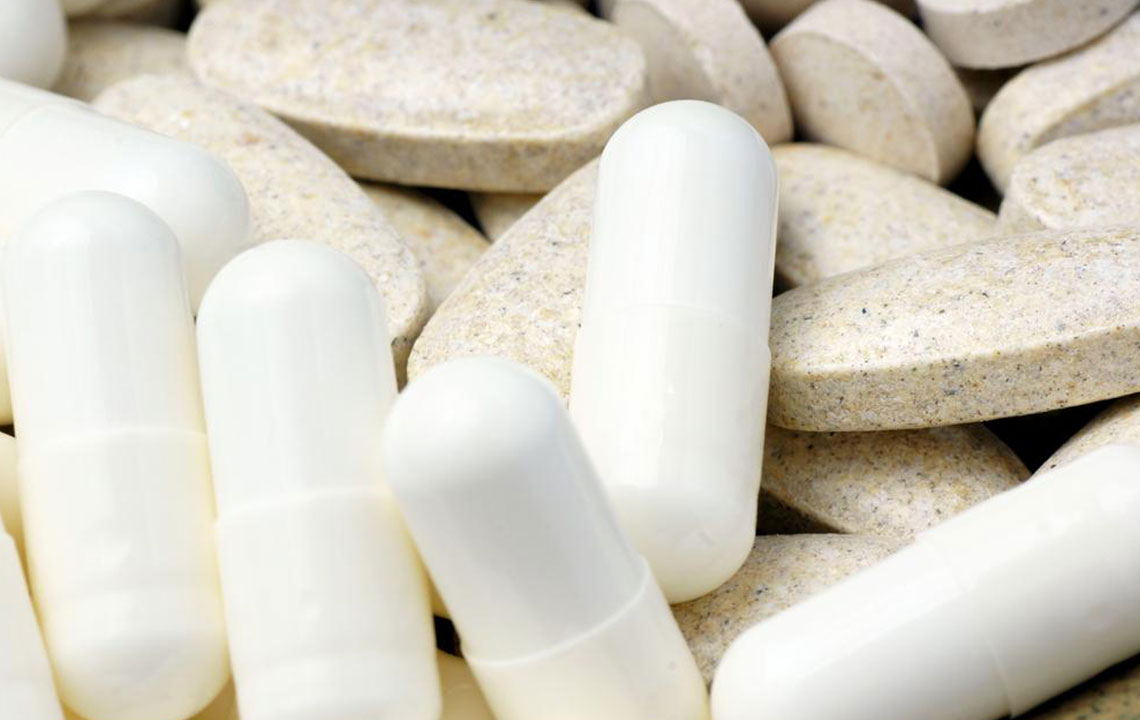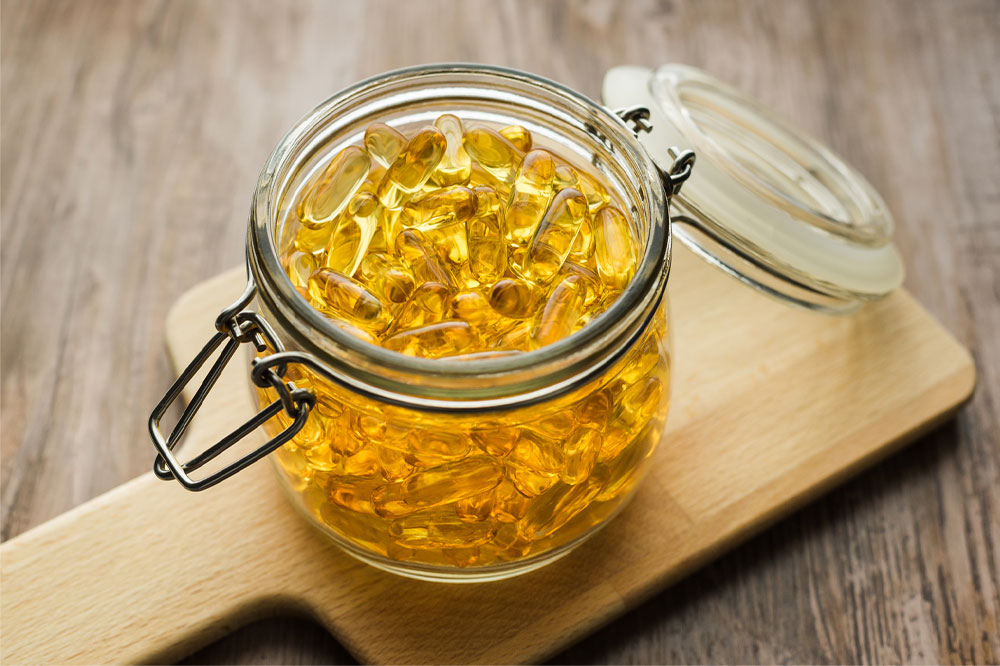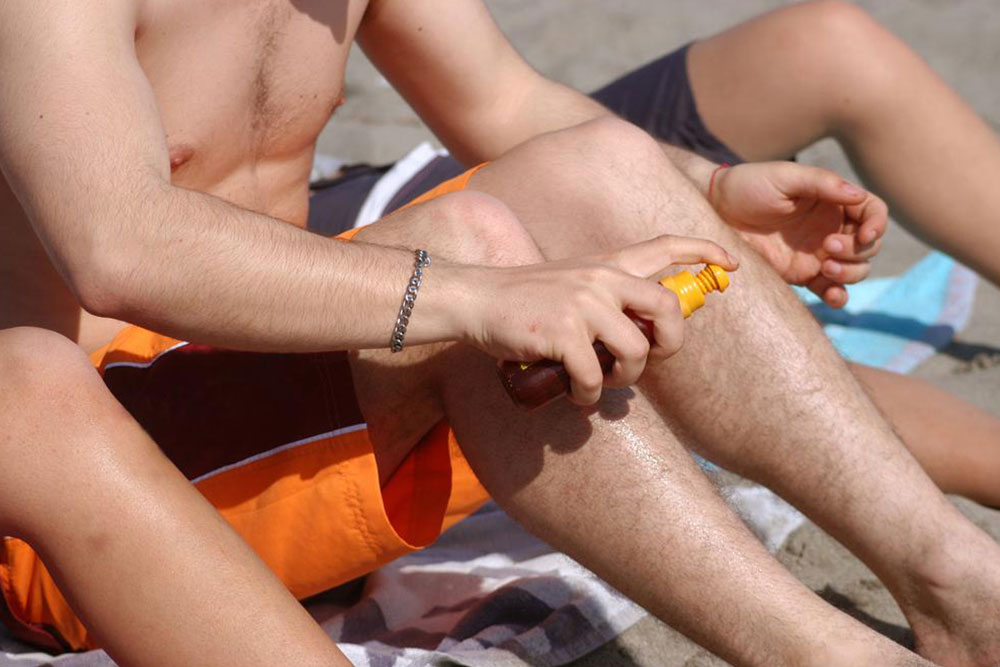Ultimate Guide to Safe and Effective Sunless Tanning Techniques
Discover comprehensive techniques for achieving a beautiful, safe tan without sun exposure. This guide covers various methods including topical products, dietary choices, and professional treatments, emphasizing safety and effectiveness. Learn about the benefits, potential risks, and best practices for sunless tanning to get a natural-looking glow that enhances your skin’s appearance while protecting your health. Perfect for those seeking a quick, safe, and customizable tanning solution, this guide offers expert insights on achieving and maintaining a flawless tan without harmful UV rays.

Ultimate Guide to Safe and Effective Sunless Tanning Techniques
Understanding Sunless Tanning: An Overview
Sunless tanning, also known as UV-free tanning, spray tanning, or fake tan, is a popular method for achieving a bronzed, sun-kissed look without exposing your skin to harmful ultraviolet rays. This method has gained widespread popularity due to its safety profile and convenience, offering an alternative for individuals who want to enjoy a radiant glow without risking skin damage from the sun.
Our skin consists mainly of two layers: the outermost epidermis and the inner dermis. When applying sunless tanning products, the chemical reactions primarily occur within the epidermis, specifically in the basal layer, which is responsible for skin regeneration. The active ingredient in most tanning products, DHA (Dihydroxyacetone), reacts with amino acids in the surface skin cells, creating a localized pigmentation that mimics a tan.
Sunless tanning offers a safer alternative to sunbathing, reducing the risk of skin cancer and premature aging. Both natural and commercial options are available, making it accessible for home use or professional salon treatments. These alternatives range from dietary choices to topical products, each with its own benefits and considerations. The key ingredient in most sunless tanning products is DHA, a safe and approved compound that initiates a chemical reaction on the skin surface, developing a tan-colored pigment without UV exposure.
Exploring Different Sunless Tanning Methods
Dietary Approaches: Carotenoid-Rich Foods— Incorporating foods high in carotenoids such as carrots, sweet potatoes, tomatoes, and spinach into your diet can induce a subtle skin tint over time. These foods contain antioxidants that may gradually influence skin coloration, but the results are slow and subtle, often taking months to become noticeable. While this natural method is safe, it requires patience and consistency.
Topical Bronzers: Available as powders, gels, sprays, or sticks, bronzers provide immediate color enhancement. Powder bronzers are versatile, allowing for layering and custom shades, while gels, sprays, and sticks offer quick and convenient application. Proper spreading and blending are crucial to achieve even and natural-looking results. Bronzers are ideal for special occasions or quick touch-ups but do not provide a long-lasting tan.
Sunless Tanning Extenders: These lotions or creams enhance and prolong your tan by reacting with surface proteins. DHA-based extenders are the most common and are generally considered safe and effective. Regular application can deepen and extend the longevity of your tan, but uneven application and streaking can occur if not applied carefully. Professional application at salons can help achieve more uniform results. Users should avoid inhaling or getting these products into eyes and sensitive areas to prevent irritation.
Tanning Pills: Efficacy and Risks: Tanning pills contain carotenoids like beta-carotene or synthetic substances such as canthaxanthin, ingested to induce skin coloration. While some users report a tan, these pills pose significant health risks, including the formation of crystal deposits in the eyes, liver problems, and gastrointestinal issues. Medical professionals generally advise against their use due to these safety concerns, emphasizing the importance of opting for topical and safer methods instead.
Tanning Accelerators: Are They Safe?: These products contain amino acids, notably tyrosine, intended to stimulate melanin production and speed up natural tanning. However, their effectiveness is debated, and they can have adverse side effects, including allergic reactions. Since their safety has not been conclusively established, it is recommended to avoid using tanning accelerators and instead rely on proven, safe methods.
Advantages and Disadvantages of Sunless Tanning
Advantages:
Significantly reduces the risk of skin cancer associated with UV exposure, including melanoma, basal cell carcinoma, and squamous cell carcinoma.
Offers a quick, convenient, and customizable way to achieve immediate coloring and enhance skin appearance.
Various options like bronzers, self-tanning lotions, and professional spray tans allow for tailored results based on individual preferences.
Disadvantages:
Potential for skin irritations, allergic reactions, or dermatitis; patch testing before full application is recommended.
Bronzers tend to fade quickly, requiring frequent reapplication to maintain the look.
Ingested tanning pills like canthaxanthin carry serious health risks and are not approved by health authorities.
Some sunless tanning products and salon services can be costly, especially high-end formulations or professional treatments.
Overall, sunless tanning is an effective way to achieve a beautiful glow safely when proper techniques are followed. Choosing approved products, performing patch tests, and consulting professionals can help maximize benefits while minimizing risks.





